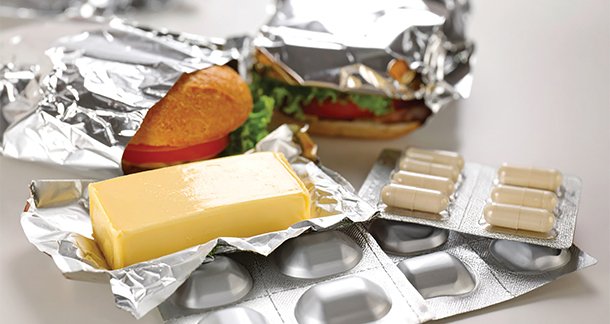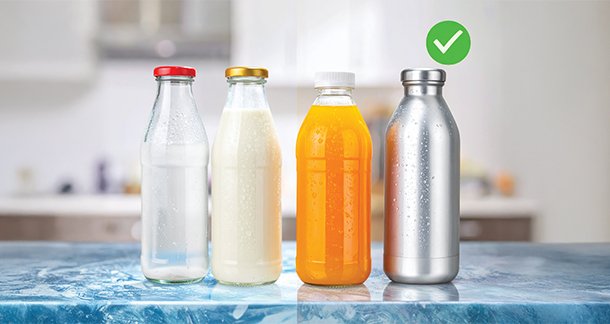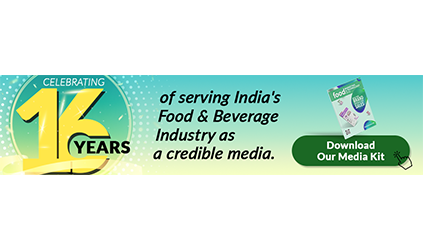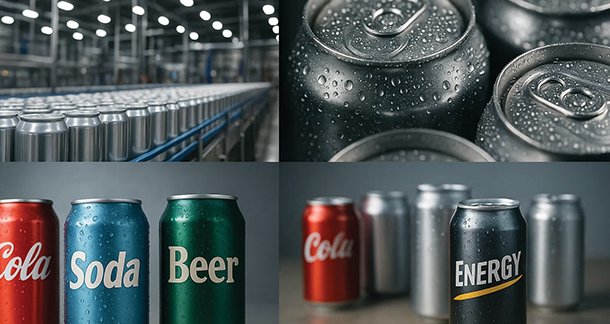Aluminum (Al) is one of the most abundant elements in the Earth’s crust. It is a light weight, silvery-white metal with low density and excellent corrosive resistance. Al is a popular choice for food packaging due to its benefits over other materials like plastic, paper and glass. Al packaging helps reduce plastic waste pollution, conserve resources, and consumption and lower carbon emissions, making it a preferred material for flexible food packaging.
- Availability- Al is third most common element found in earth’s crust. India is among the top aluminium-producing countries globally, with companies like Hindalco, NALCO, and Vedanta contributing significantly to the country’s production. “India’s Odisha state is a significant producer of aluminium”.

- Longevity- Al metal is corrosive resistant, easy to shape, stable with resistant to light organic acid. These properties contribute to its longevity and ability to protect products without degrading. However, Highly concentrated acid and basic substance should be avoided in aluminium container to prevent potential reaction.
- Environmental sustainability- Al is cost effective and environmental friendly choice for food packaging material. Al packaging can be recycled and reused, making it an ideal green packaging material.
- Versatility- Al packaging offers a significant advantage from a marketing perspective. Al metal can be easily molded into various creative shapes, and its surface is ideal for embossing and printing enabling effective brand identification and consumer appeal.
- High degree of barrier protection- Al metal preserve the food against moisture, light and oxygen and also preserve the quality, safety and aroma of food product.
- Light weight- Al packaging is lightweight, which reduces transportation costs since more products can be loaded onto a vehicle. Additionally, Al packaging is durable, eliminating the risk of breakage and is easy to handle and carry.

Aluminum (Al) as a packaging material uses Al plate, Al blocks, Al foils, metalized film, Al disc, Al sheet, Al coils, Al strips etc. There are different application forms of Al packaging
Foil food packaging- Aluminum foil is used for food packaging. It is typically made from a type of 1 series, 3 series and 8 series Al alloy. Common tempers for Al alloy include H14, H16 and H18. In the pharmaceutical industry, Al foil is used for capsule packaging and blister packs, providing a high barrier that protect drug quality. Al foil is also suitable for dairy product and beverage allowing for long time preservation.
Aluminium containers are used for carbonated drinks to maintain the pressure of CO2 in soda drink and ensuring a better taste. Aluminium is a safe packaging option for food and beverages because it does not react with or release chemicals into contents. Aluminium containers are made from 5052, 3104 and 3004 aluminium plate, which are also used for packaging various products, including drug, cosmetic packaging, personal care product, industrial product, tes and drink etc.
Conclusion: Aluminium containers are becoming a leading option for beverages due to their ability to ability to chill quickly, retain carbonation, and block light and oxygen. These properties make aluminium superior to other packaging materials.
Dr Ruchi Lamba
Assistant Professor
Gautam Buddha University



